In my region, Verbena bonariensis is a perennial rather than an annual. It's getting quite tall, with some close to 8 feet even though it's not supposed to top 6 feet, and in the wind has taken a battering so that I've had to stake some of the bushes which were blown over.
I've read that it should be cut back after it's flowered, and some of mine are getting like that now, though I'm unsure if that applies to regions only where it grows as a perennial.
I've got flowers looking like this in their second year:
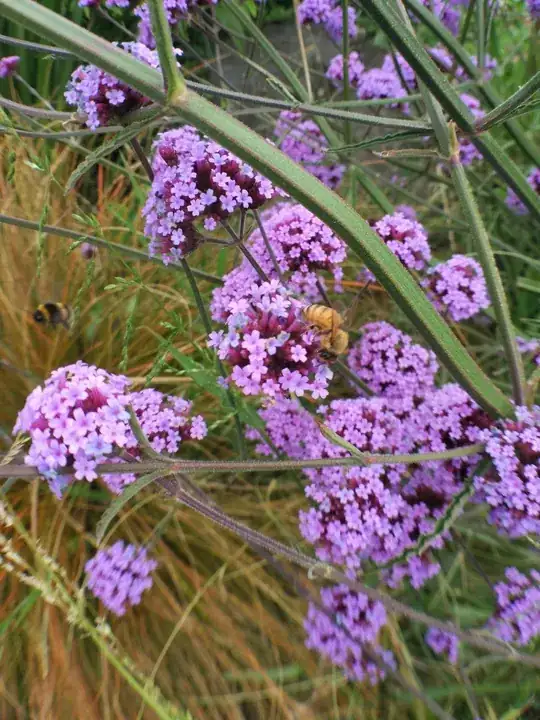
And others looking like they're forming seeds:
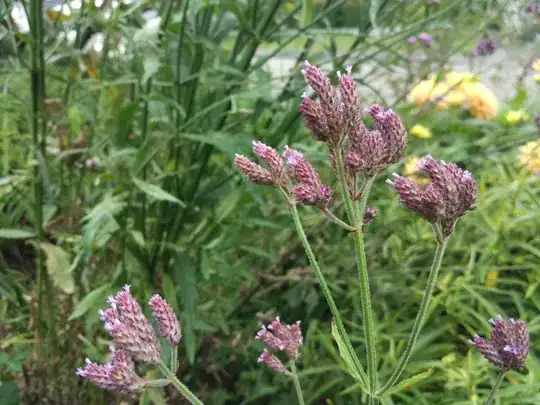
and close up:
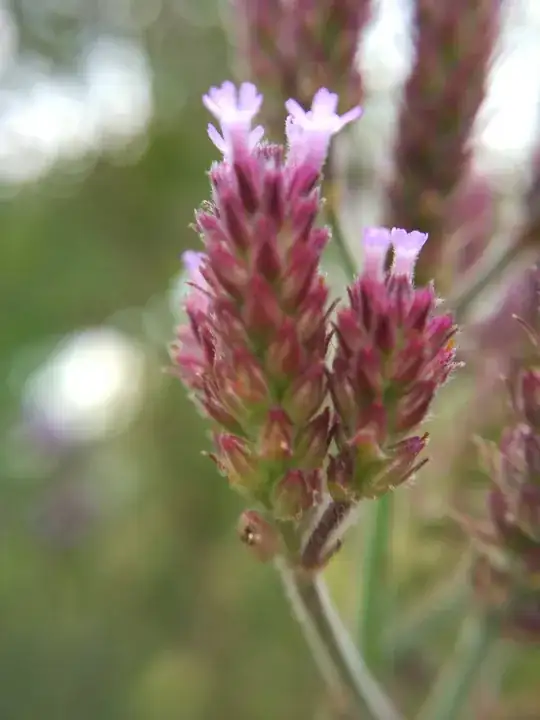
This is one example of the effect of wind:
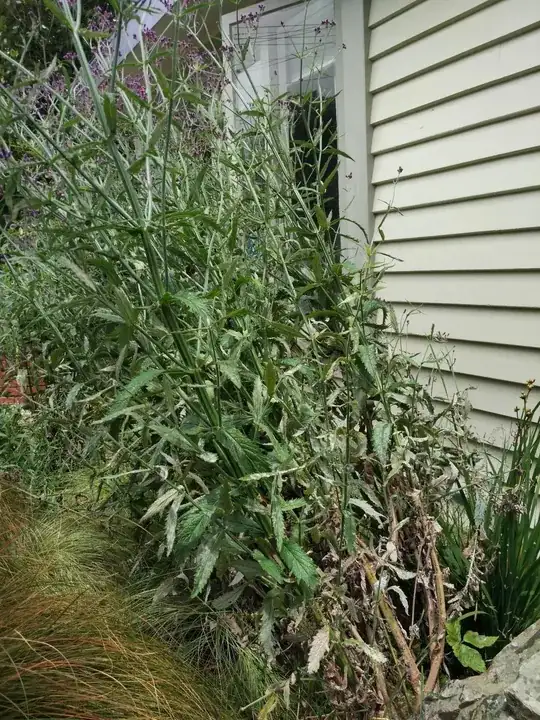
This is the base of this same leaning plant:
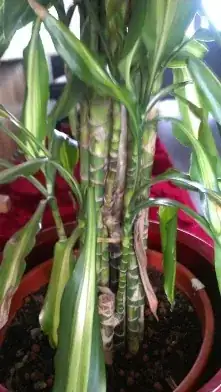
So, now it's going to seed, should I chop it back to the ground and wait for others to come up from self propagated seed? Or, cut it back some inches off the ground, and at what stage?
Oh, and I've given up trying to manage the powdery mildew that affects these plants in only one half of the garden.
I'm at 150 m above sea level, and in mid summer right now though today it's wet and windy. Winter rarely gets below freezing here.